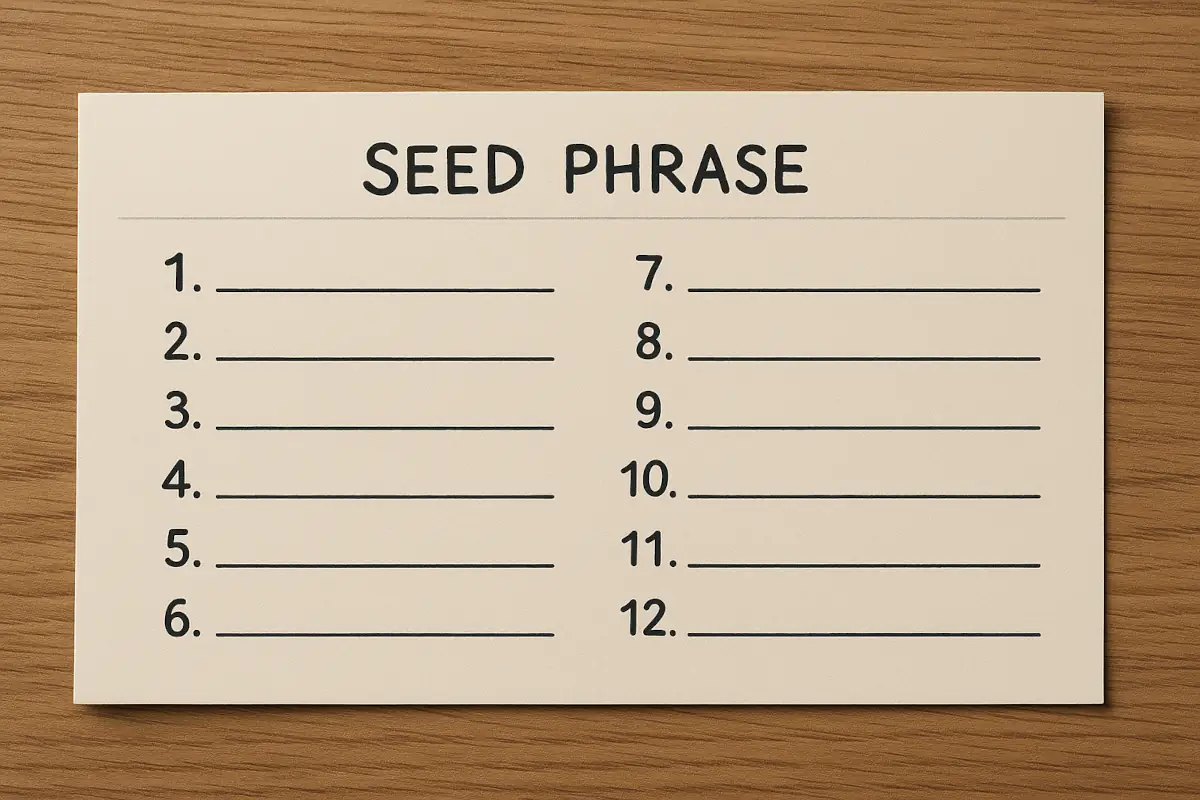Arbitrage might sound like a golden opportunity for quick, easy profits, but it’s a lot trickier than it seems. You might have heard stories of people making money by spotting differences in prices between exchanges or markets. For example, on one exchange it was briefly possible to make money by buying NEAR cryptocurrency in USDT, selling it for €, then converting the € back into USDT – ending up with more USDT than you started with. It feels like an “infinite money glitch,” but there’s more to it than meets the eye.
How Does Arbitrage Happen?
Arbitrage is when you take advantage of price differences in markets, either across different exchanges or within the same one. It might be as simple as buying a cryptocurrency on one exchange where it’s cheap, and selling it on another where it’s slightly more expensive. In some cases, it could involve a series of transactions, like the NEAR-to-EUR example.
These opportunities happen because markets aren’t always perfectly efficient. Maybe someone is rushing to sell their crypto and doesn’t check if they could get a better price elsewhere. Or maybe an old order, set long ago, is now out of sync with current prices. When these gaps appear, they create a window for arbitrage.
But before you start dreaming of easy cash, it’s important to realize these opportunities don’t last long. In fact, most of the time, the gap is so small that the profit is minimal.
The Catch: Fees, Speed, and Competition
The biggest challenge with arbitrage is how quickly things change. Crypto markets are constantly moving, and the moment an arbitrage opportunity appears, it can vanish just as fast. Many people use bots to monitor the market 24/7, and these bots are often faster than human traders. They’ll snap up the opportunity in the blink of an eye, leaving little chance for someone to swoop in manually.
There’s also the issue of fees. Every transaction comes with costs – buying, selling, transferring between wallets – and these can eat up your profits if you’re not careful. The most common fee you’ll run into is the taker fee, which applies when you buy someone else’s offer. And if you’re moving crypto between exchanges to complete the arbitrage, you might also have to pay transfer fees. All of this adds up, so you need to make sure the final amount you pocket is still more than what you started with.
Smaller, less popular exchanges may offer better arbitrage opportunities since they have lower liquidity, meaning fewer people are trading. This creates more room for price gaps. On larger exchanges, inefficiencies are corrected almost instantly, and any possible gains are usually very small.
Using an arbitrage bot is almost a necessity in this game. These bots can detect and execute trades before you even know the opportunity existed, giving them a massive edge over human traders.
Arbitrage isn’t just limited to cryptocurrencies either. Traditional stocks, fiat exchanges, and even sports betting offer similar possibilities. However, just like with crypto, these markets are heavily monitored, and finding a true arbitrage opportunity can be harder than you think.
So, is arbitrage a path to easy money? For most people, probably not. While the concept sounds simple, the reality is far more complex. Speed, precision, and a solid understanding of fees are key to making it work. And if you’re hoping to beat the bots, you’ll need to be faster than lightning.




